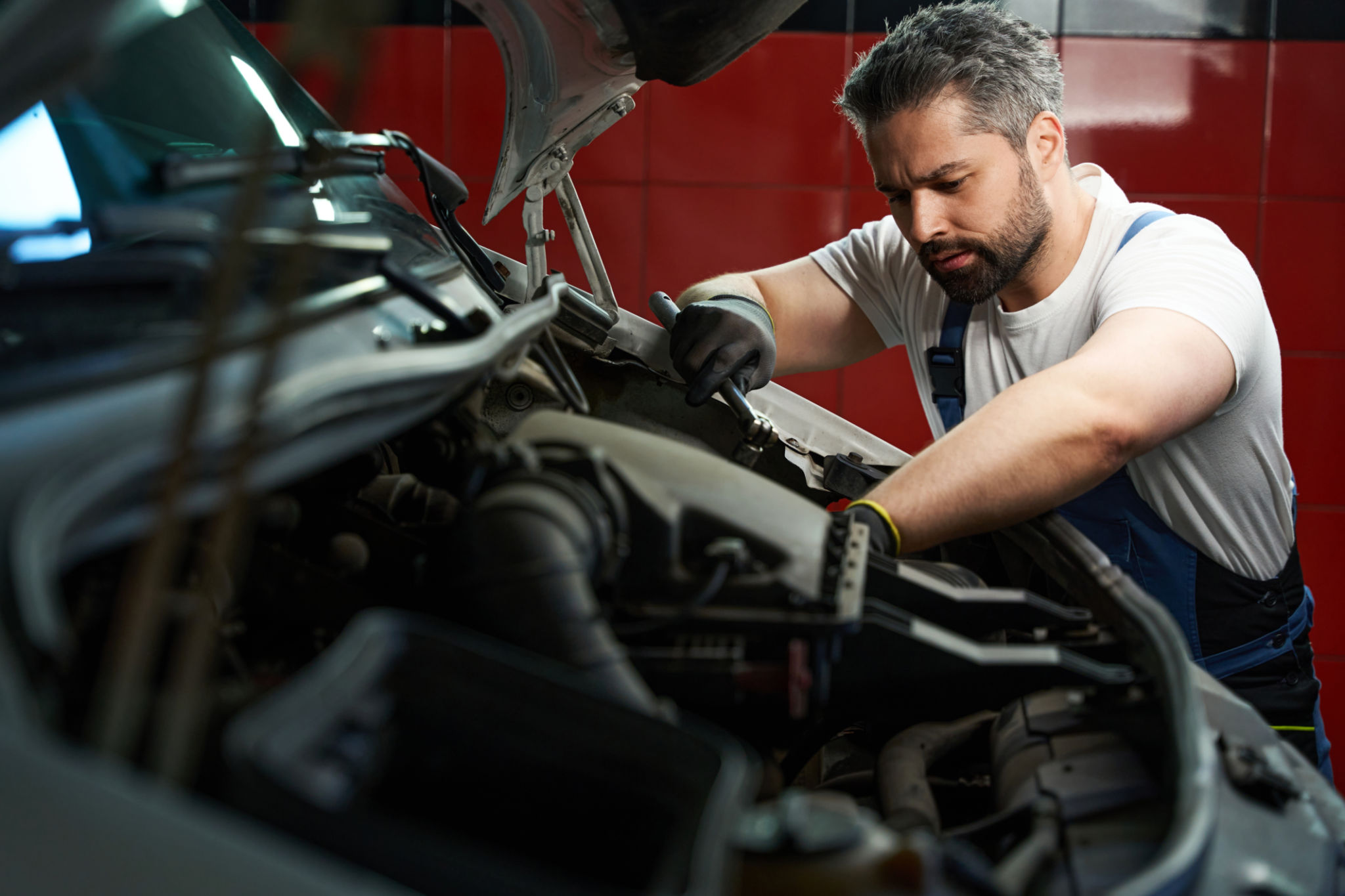DIY Brake Inspection Tips for Birmingham Drivers
Understanding the Importance of Brake Maintenance
As a Birmingham driver, ensuring your vehicle's safety is paramount, and brake maintenance is a crucial part of that. Regular brake inspections can help you avoid costly repairs and, more importantly, prevent accidents. By taking the time to perform a DIY brake inspection, you can catch potential issues early and keep your vehicle running smoothly.
Brake systems are complex and involve several components that need to be checked regularly. This includes brake pads, rotors, calipers, and brake fluid. Understanding each part's function and wear signs can help you maintain your vehicle effectively.

Tools You Will Need
Before you begin your inspection, gather the necessary tools. You'll need a jack and jack stands to lift your vehicle safely. A lug wrench is essential for removing the wheels, and a flashlight will help you see into dark areas. Additionally, having a brake pad thickness gauge can be very helpful in measuring pad wear accurately.
Having the right tools not only makes the inspection process easier but also ensures you can perform it safely. Working on your vehicle requires careful attention to detail, so make sure you have everything ready before starting.
Inspecting Brake Pads and Rotors
The first step in your DIY brake inspection is to check the brake pads and rotors. Begin by removing the wheels to access these components. Look at the brake pads through the caliper. If they appear thin, it's time to replace them. Generally, pads should be replaced if the thickness is less than 3mm.
Next, inspect the rotors for any signs of damage such as grooves or warping. Rotors should have a smooth surface, and any irregularities can lead to reduced braking efficiency or noise while driving. In some cases, rotors can be resurfaced, but if they're too worn, replacement may be necessary.

Checking Brake Fluid Levels
Brake fluid is an often-overlooked component of the braking system but plays a critical role in ensuring your brakes function correctly. Locate the brake fluid reservoir under the hood of your car. The fluid level should be between the minimum and maximum marks on the reservoir.
If you notice the fluid level is low, it could indicate a leak or worn brake pads. It's important to top up with the correct type of brake fluid specified in your vehicle's manual. Remember that brake fluid is hygroscopic, meaning it absorbs moisture over time, which can affect its performance.
Listening for Unusual Noises
Another essential aspect of brake inspection is listening for unusual noises while driving. Squeaking or grinding sounds are often indicators of worn pads or damaged components. These noises should never be ignored as they can escalate into more serious issues if left unchecked.

If you detect any unusual sounds, it's best to investigate further or consult with a professional mechanic to ensure your brakes are in optimal condition. Addressing these noises early can save you from more extensive repairs down the road.
When to Seek Professional Help
While DIY inspections are useful for maintaining your vehicle's health, there are times when professional assistance is necessary. If you're unsure about any step during your inspection or encounter something unexpected, it's always safer to consult with an expert.
Professional mechanics have the tools and expertise to diagnose and repair complex issues that might not be apparent during a DIY inspection. Regular professional check-ups complement your efforts and ensure that every aspect of your braking system is thoroughly evaluated.
By staying proactive with these DIY brake inspection tips, Birmingham drivers can enhance their vehicle's safety and longevity while enjoying peace of mind on the road.